My poor sick and injured ukulele is in the “hospital” at Twisted Wood Guitars (where I bought it). The good news is that it is repairable and I should have it back soon. Thanks!

My poor sick and injured ukulele is in the “hospital” at Twisted Wood Guitars (where I bought it). The good news is that it is repairable and I should have it back soon. Thanks!

I’ve been asked how I select the music to arrange. Well, I play through a lot of music that I can find (original folios or other arrangements) based on the theme of the book I’m working on. It certainly improves my sight reading skills. I then select based on playability (some pieces are much too difficult for my purposes but I don’t shy away from challenging music) and enjoyability in terms of being able to listen to the music and liking it. Less than half of what I explore meets these criteria.
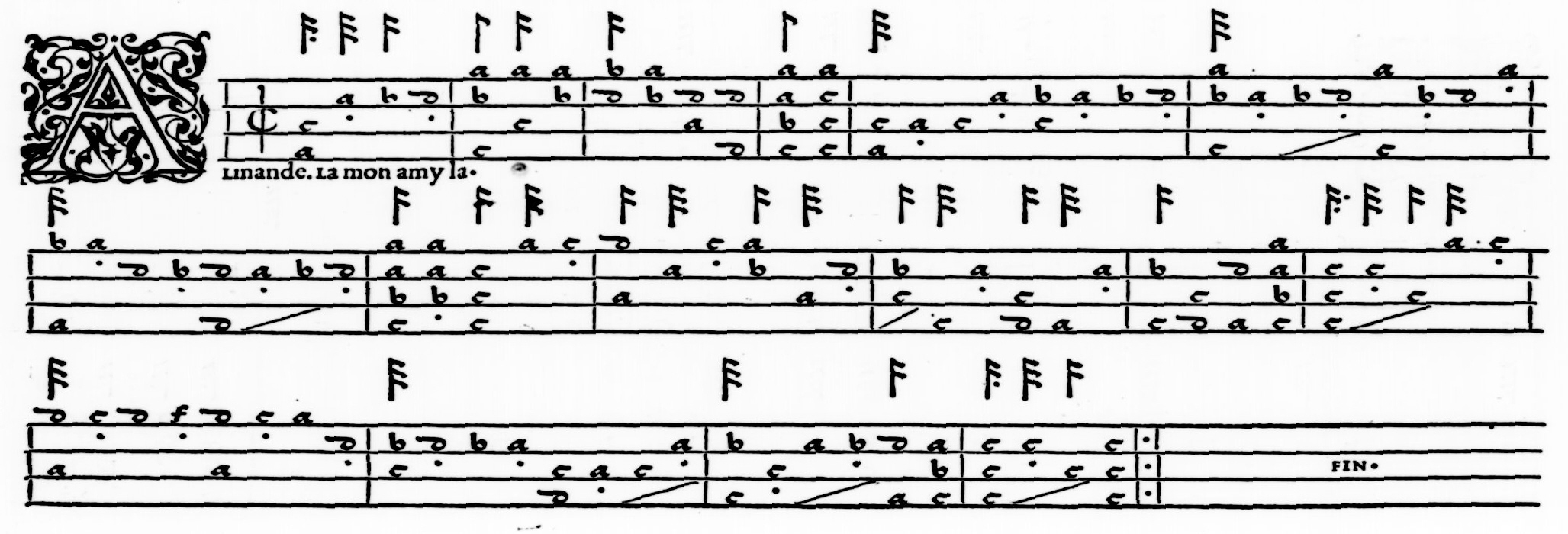
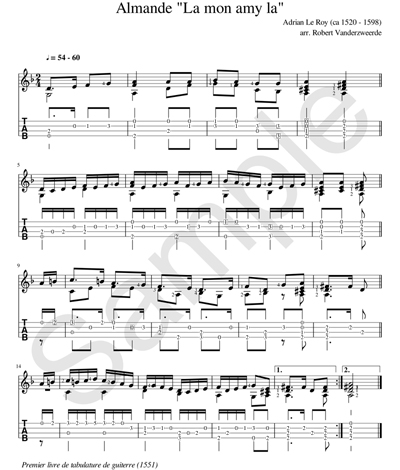
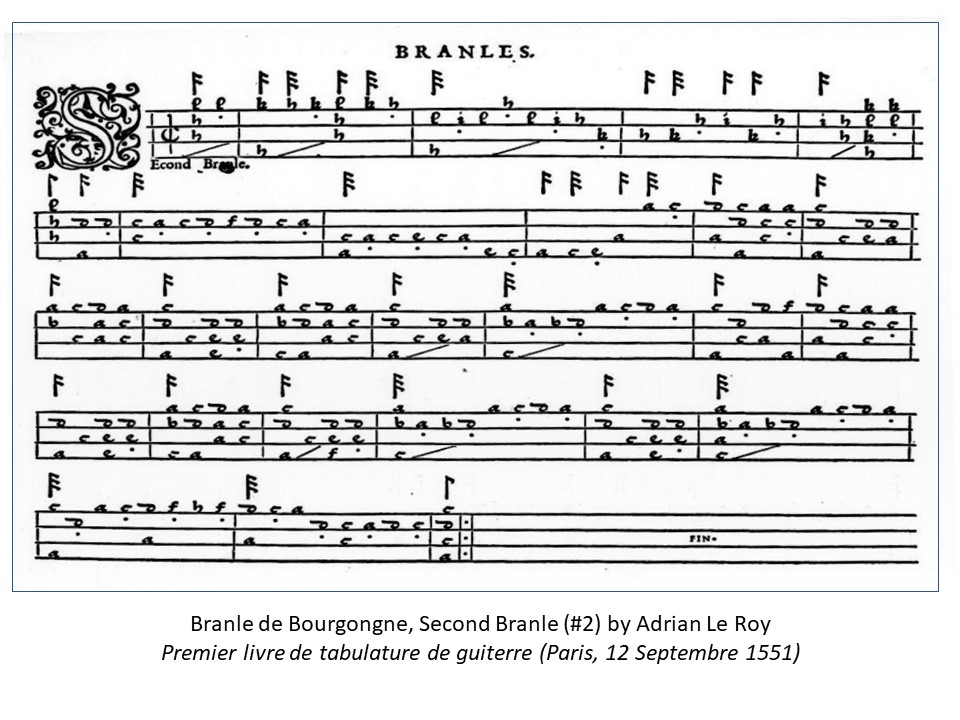

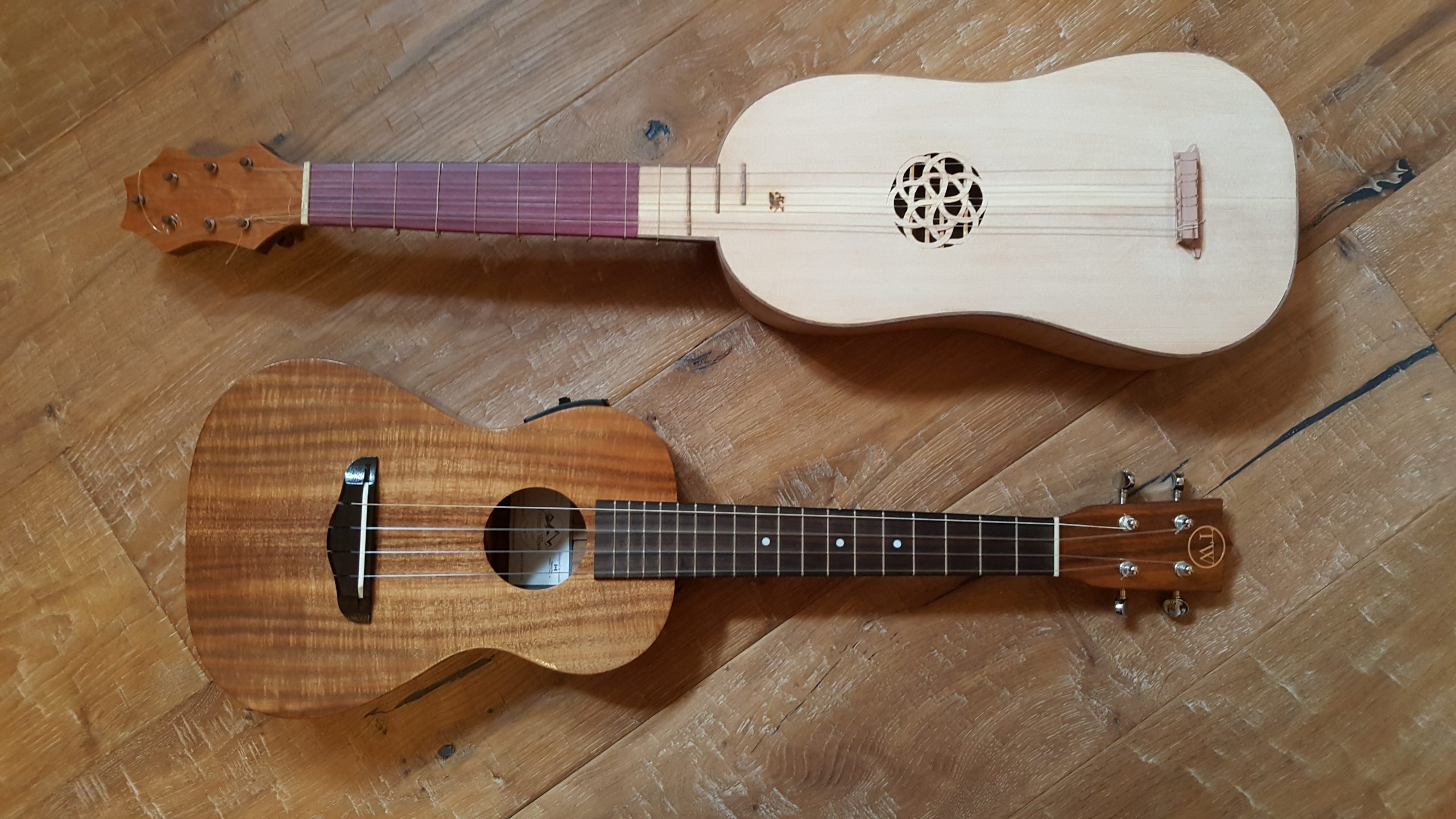
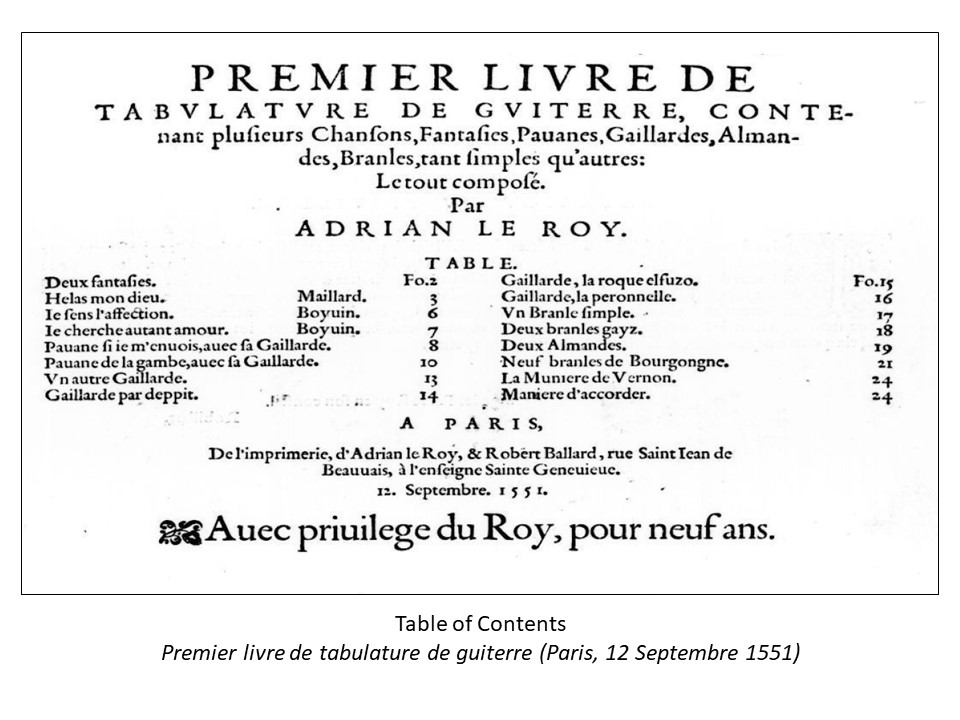
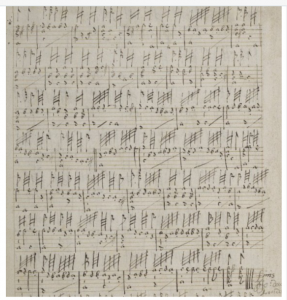

I’m looking at more music to arrange for ukulele and have been researching Adrian Le Roy, Gregoire Brayssing, Guillaume Morlaye, Simon Gorlier, and John Dowland. I may start with some easy/intermediate pieces by Dowland (the first one being Tarleton’s Resurrection) but will tackle other composers if there is interest.
NOTE: Dowland Favorites on the Ukulele was published on April 24, 2020.
Just finished a book of Yuletide or Christmas music (it will be available for purchase this fall). I had a lot of fun researching the origins of these pieces and some older versions don’t sound at all like our modern renditions so I included both versions and you can see for yourself. Each piece can be played as an instrumental solo or sung (a separate booklet has all the words that you can share with your friends as they sing along with you). Included in the book is a brief history of each piece with an explanation of its origins and development.
NOTE: The book was published on October 7, 2019.